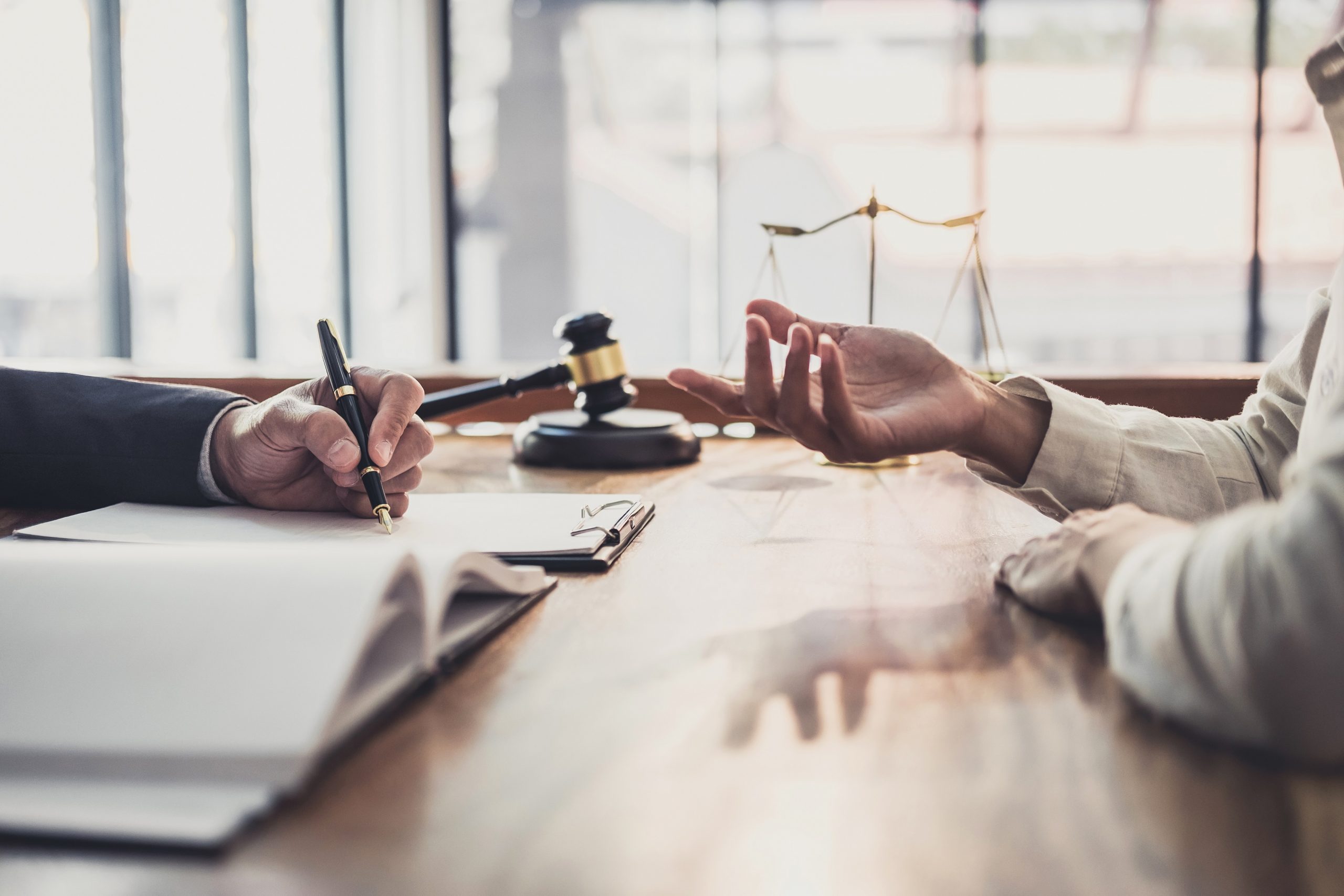The presumption of innocence – illustrated

01 Feb 2021
Any discussion about presumptions in law would be incomplete without mentioning the presumption of innocence. It is a provision which enshrines rights inherent in the common law, and lies, as O’Regan J remarked in S v Coetzee and Others 1997 (4) BCLR 437 (CC), at the very “heart” of “our law relating to crime and punishment”.1
It is provided for in Section 35(3) of the Constitution which states that every accused person has the right to a fair trial and, in subsection (3)(h), the right “to be presumed innocent, to remain silent, and not to testify during the proceedings”. What it means is that in common-law crimes the prosecution must prove all the elements of the alleged offence and that it must do so beyond a reasonable doubt.2
As regards statutory offences, “It is now axiomatic”, said Ncobo J, giving the unanimous judgment of the Constitutional Court in S v Singo, “that a provision in a statute that imposes a legal burden on the accused limits the rights to be presumed innocent and to remain silent.”3 To investigate the concept further and to understand and explore its practical application, watch the instructive video by Louis Podbielski, Case Law Product Manager at LexisNexis on YouTube .
Here, Podbielski, uses the LexisNexis Library Advanced Search feature to interrogate the topic based on reported cases in the All South African Law Reports and the Butterworths Constitutional Law Reports. He demonstrates how the Legal Citator works as an efficient tool for legal research allowing users to navigate through what are many complex layers of structured legal data, to find appropriate legal answers.
When viewing the clip, note the following points:
- The initial selection of the All South African Law Reports and the Butterworths Constitutional Law Reports;
- How the search is limited to the key words necessary to capture the essence of the cases;
- The search term highlighted;
- Why the State v Bhulwana4 appears to be an important case based on the search results:
- Briefly, the accused in this case were found in possession of more than 115 grams of dagga and the Drugs Trafficking Act said that this meant that they were presumed to be drug dealers, which attracted a heavier sentence. But this placed the onus of proving their innocence on the accused. The Constitutional Court found that this infringed their Constitutional right to a fair trial, of which an important part is the presumption of innocence, so the court declared that part of the Trafficking Act to be invalid.
- The citation of earlier cases, one of which is Rex v Ndhlovu5 a 1944 Appellate Division case:
- Here the court discussed the onus of proof in murder cases and did a survey of case law and Roman-Dutch writers and concluded that the presumption of innocence is part of our law – and that in all criminal cases it is for the prosecution to prove the guilt of the accused, not for the accused to prove his innocence.
- The use of tabs for easy navigation, and to keep the research open when returning to the earlier case of Bhulwana, to interrogate the Judgment Treatments;
- How the Judgment Treatments can be filtered according to the signals indicating how the case has subsequently been dealt with (inter alia Applied, Considered, Referred to, Followed, Distinguished);
- How these signals save you a lot of time by telling you at a glance whether the case is still good in law or if you need to be cautious and check the appeal history or a later case that is critical of it;
- The linking of Bhulwana to the most recent case of Moyo6 and its relevance:
- Mr Moyo was the community leader of an informal settlement who was arrested and charged under the Intimidation Act. A section of the Act put the onus on the accused to prove that he had a lawful reason for making the statements in question. The Constitutional Court found that this reverse onus infringed the right to be presumed innocent, the right to remain silent and the right not to be compelled to give self-incriminating evidence. The section was declared invalid.
Need access to a tool that gives you accurate and structured data that will help you take your law practice to the next level? Click here http://ow.ly/9Rk350DkKls
References:
[1] 1997 (4) BCLR 437 (CC) at para 162.[2] Zeffert, DJ, Paizes, AP, and Grant, JS (2020). Essential Evidence. 2nd ed. South Africa, LexisNexis, 63.
[3] 2002 (4) SA 858 (CC) at para 24.
[4] S v Bhulwana; S v Gwadiso 1996 (1) SA 388 (CC).
[5] R v Ndhlovu 1945 AD 369 (A)
[6] Moyo v Minister of Justice and Constitutional Development and Others; Sonti v Minister of Justice and Correctional Services and others 2020 (1) BCLR 91 (CC)
See also:
(This article is provided for informational purposes only and not for the purpose of providing legal advice. For more information on the topic, please contact the author/s or the relevant provider.)
